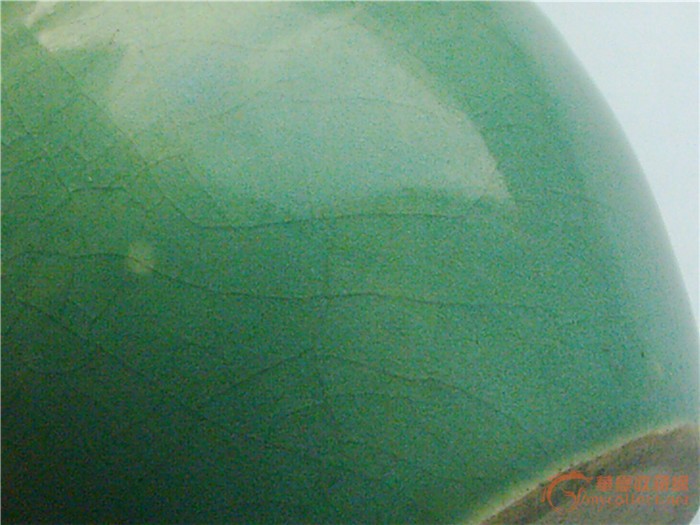Product
Fused Cast AZS Block
AZS Casting Type
AZS Ramming Materials
Fused Cast AZS TY-AZS41
Fused Cast AZS TY-AZS36
Fused Cast AZS TY-AZS33
Fused Cast Alumina Block
Fused cast Alumina Block TY-H
Fused cast Alumina Block TY-A
Fused cast Alumina Block TY-M
Fused Cast High Zirconia Block
Fused Cast Skid Rail Block
Silica brick
Magnesia Series Brick
Bonded Refractory Block
High alumina And Fire clay bricks
Insulation Series Brick
Ceramic Fiber Products
Contact Details
- 0086 371 63838939
- 0086 371 63835539
- sales@sunriserefr.com
- tkfanyi
- No.36 Fengchan Road, Zhengzhou City
Solutions
Refractory materials used in the glaze melting furnace Ⅰ
- More related products
- Fused Cast AZS Block
- Fused Cast Alumina Block
- Fused Cast High Zirconia Block
- Fused Cast Skid Rail Block
The glaze melting furnace is composed of glaze melting pool, heat exchanger and combustion equipment.


1. Glaze melting pool
The glaze melting pool is composed of the bottom, sidewall, feeding mouth, burner and the lower part of the roof. It is not only the melting chamber of glaze but also the combustion chamber of fuel. Thus, the structure must not only meet the requirement of the glazed melting process, but also can ensure the complete combustion of the fuel and the complete release of the heat.
1) The bottom and sidewall
The bottom and sidewall are the main part of the melting pool. They are subjected to the most serious corrosion by glaze melt and flame. It is the key part that affects the service life of the furnace. Now the bottom and sidewall are mainly constructed with fire clay bricks. In order to expand the service life of the furnace, the following measures are taken:
① The bottom and sidewall as well as the parts in contact with the glaze melt can adopt high quality high alumina bricks and corundum mullite bricks.
② Within the permissible range of process conditions, try to increase the thickness of glaze on the bottom (60-80mm) to reduce the erosion of glaze melt to the bottom.
③ Try to adopt large refractory bricks to reduce joints since corrosion always start from the joints.
④ When constructing, be careful and narrow the joints. Try to adopt refractory mortar with high refractoriness and good corrosion resistance and fill up the joints of brickwork with mortar or cement.
The bottom is horizontally constructed or with 1% inclination gradient in the direction of discharging port. The latter is mainly used to melt antimony glaze.
Currently the bottom is generally 2.5-3.8m long and 1.1-1.6m wide. The radio of the length and width of the pool can be determined by the properties of batch materials and nozzle. If titanium glaze is melted and high pressure nozzle is adopted, the width can be smaller and the length can be larger. If antimony glaze is melted and low pressure nozzle is adopted, the length can be smaller while the width can be larger. The bottom can be 230-345mm.
The height of the sidewall is the height of the pool, generally with a length of 0.6-0.85m and a thickness of 345-390mm. In order to make the flame more focused, and reduces flow resistance of glaze melt, the discharge port can be arc-shaped.
Read more
Need more information? Drop us a line
For more information on any of our products please get in touch using the form below. One of our sales team will respond to your enquiry as soon as possible.
Copyright © 2014 Zhengzhou Sunrise Refractory Co., Ltd. Site Index Product IndexSitemap









